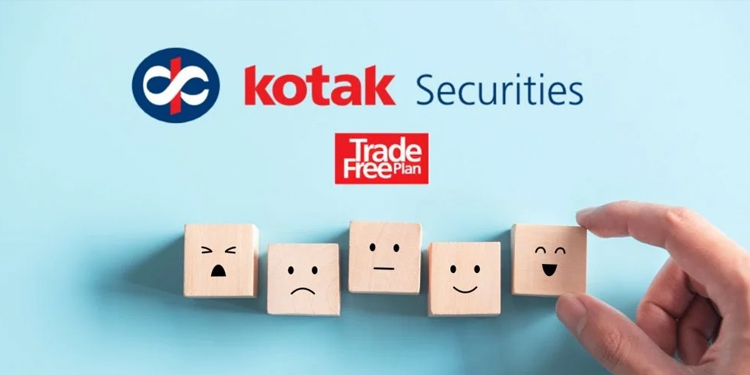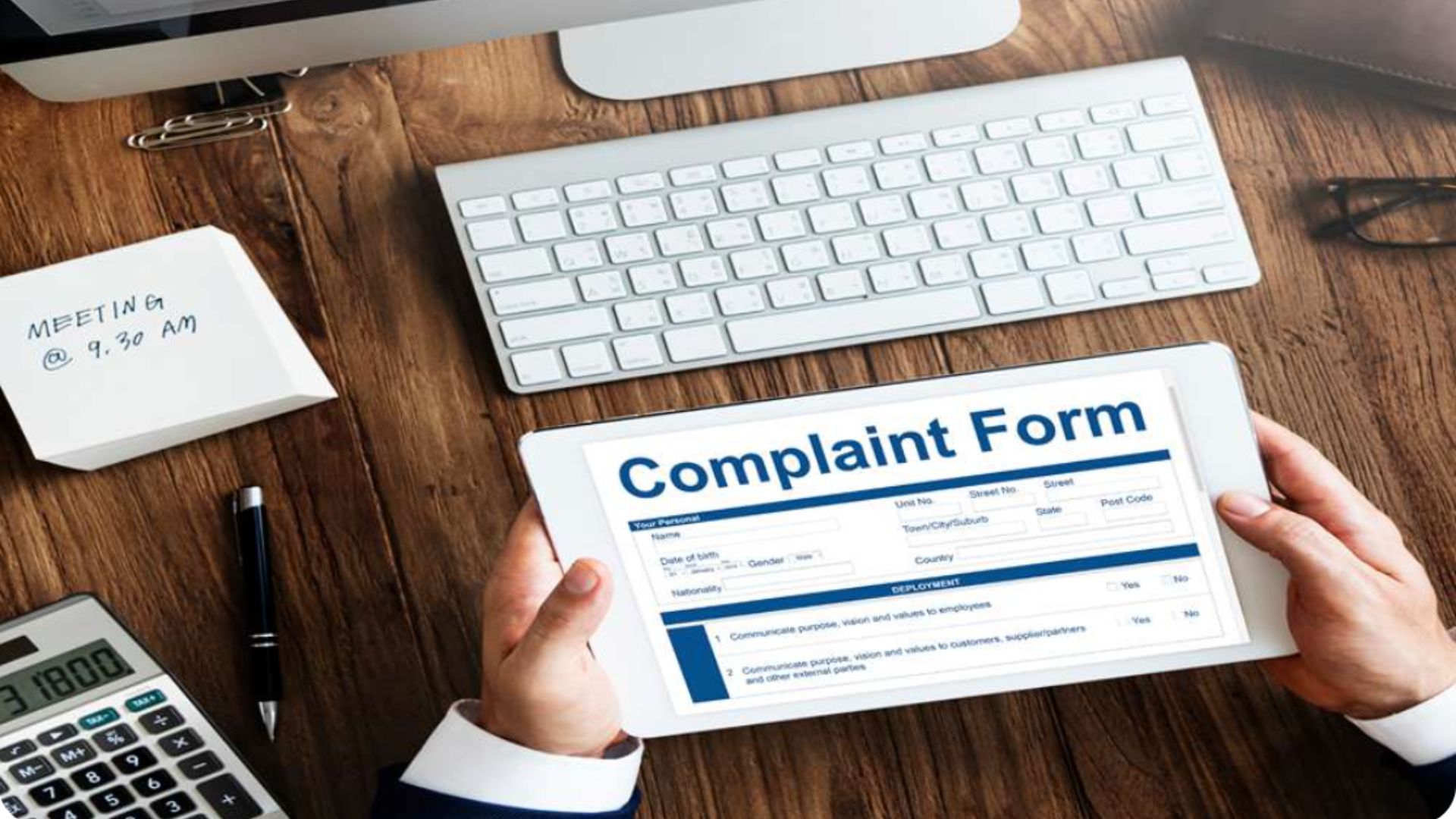

In situations where dissatisfaction lingers with the services rendered by banks or other entities regulated by the Reserve Bank of India (RBI), such as non-banking finance companies, payment system participants facilitating transactions via NEFT, RTGS, UPI, or credit information companies, a remedy is within reach.
The RBI’s guidelines on the Internal Ombudsman for Regulated Entities and its Integrated Ombudsman Scheme offer consumers recourse at multiple levels.
In a move towards uniformity and simplicity, the central bank introduced the Integrated Ombudsman Scheme in November 2021. This scheme consolidated three existing RBI Ombudsman Schemes. A subsequent update on December 29 integrated the Internal Ombudsman Schemes for regulated entities into a comprehensive singular scheme.
Each regulated entity appoints an Internal Ombudsman (IO), acting as the initial point of redress for grievances before consumers escalate the matter to the RBI Ombudsman.
Recent data from the RBI reveals that approximately 300,000 complaints reached the RBI Ombudsman during the fiscal year 2021-22. The lion’s share, 88 percent, targeted banks, with another 11 percent directed at NBFCs.
The overall disposal rate for complaints was close to 98 percent, showcasing an efficient resolution process for the fiscal year 2021-22.
Initiating the process involves contacting the relevant entity, like a bank. If the complaint faces rejection, either partially or wholly, it automatically elevates to the bank’s Internal Ombudsman.
Direct complaints to an IO are not permissible, and certain complaint types fall outside the IO’s purview.
Depending on the complaint volume, a regulated entity may appoint more than one IO and one or more deputy IOs. The RBI has established clear rules for their appointment.
Should dissatisfaction persist with the Internal Ombudsman’s decision, consumers have the option to approach the RBI Ombudsman—a senior RBI official designated for this purpose. Complaints can be filed for any service deficiency by a regulated entity, excluding specified exclusions.
Reaching out to the RBI Ombudsman is only possible after lodging a written complaint with the regulated entity (RE). Conditions for escalation include the RE’s non-response within 30 days, partial or complete rejection of the complaint, or dissatisfaction with the response or resolution.
To file an online complaint with the RBI Ombudsman, visit RBI’s Complaint Management System. Comprehensive instructions, including videos, guide you through the process. Alternatively, you can email your complaint to crpc@rbi.org.in or send it physically to the ‘Centralised Receipt and Processing Centre’ at the Reserve Bank of India, 4th Floor, Sector 17, Chandigarh – 160017, adhering to the prescribed format.
Remember, filing a complaint with the RBI Ombudsman incurs no charges.
Complaints eligible for consideration by the RBI Ombudsman are those seeking compensation up to Rs 20 lakh for suffered losses, with no limit on disputed transaction amounts. Additionally, the Ombudsman holds the authority to provide compensation up to Rs 1 lakh for mental agony, harassment, and related issues.